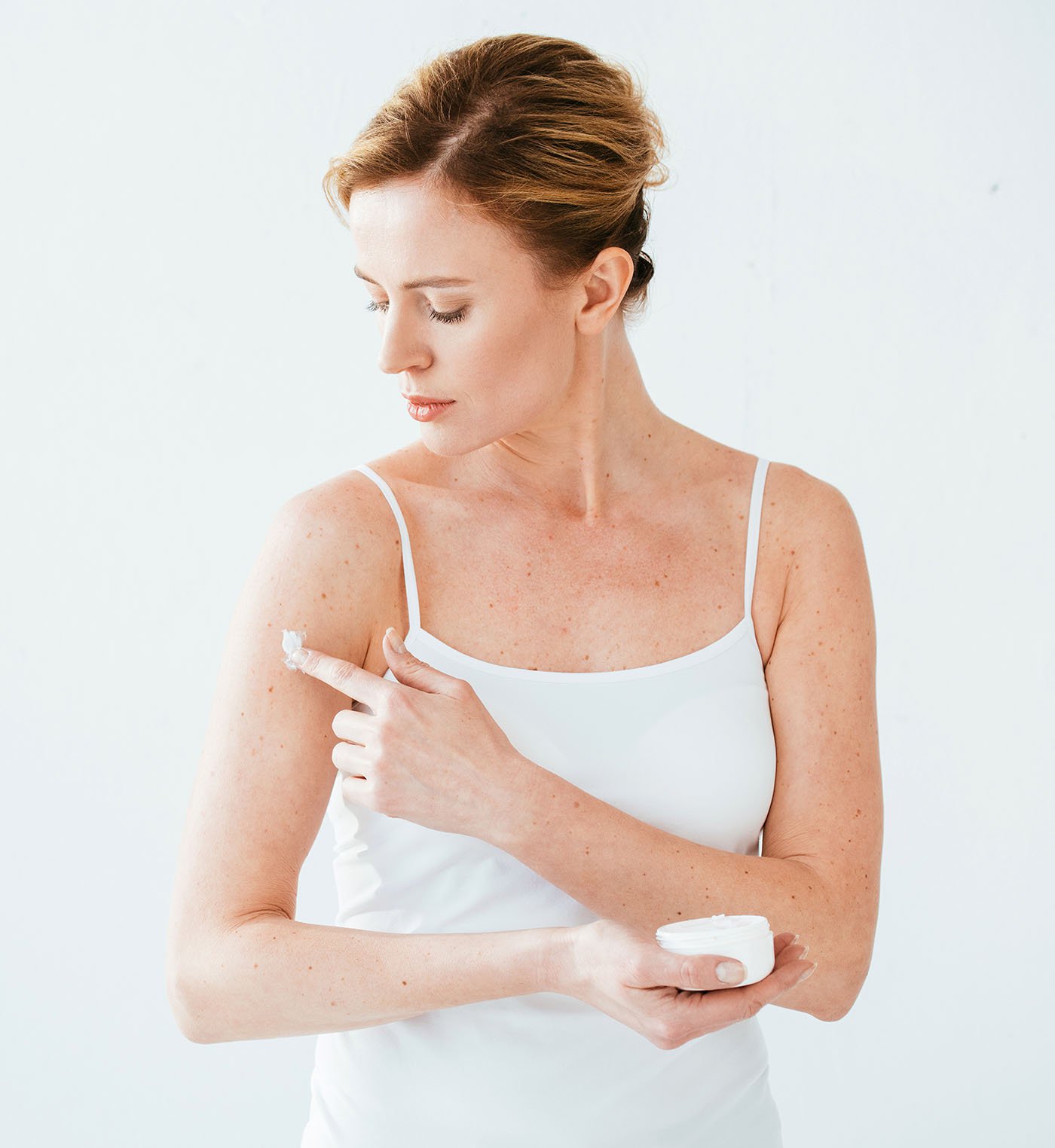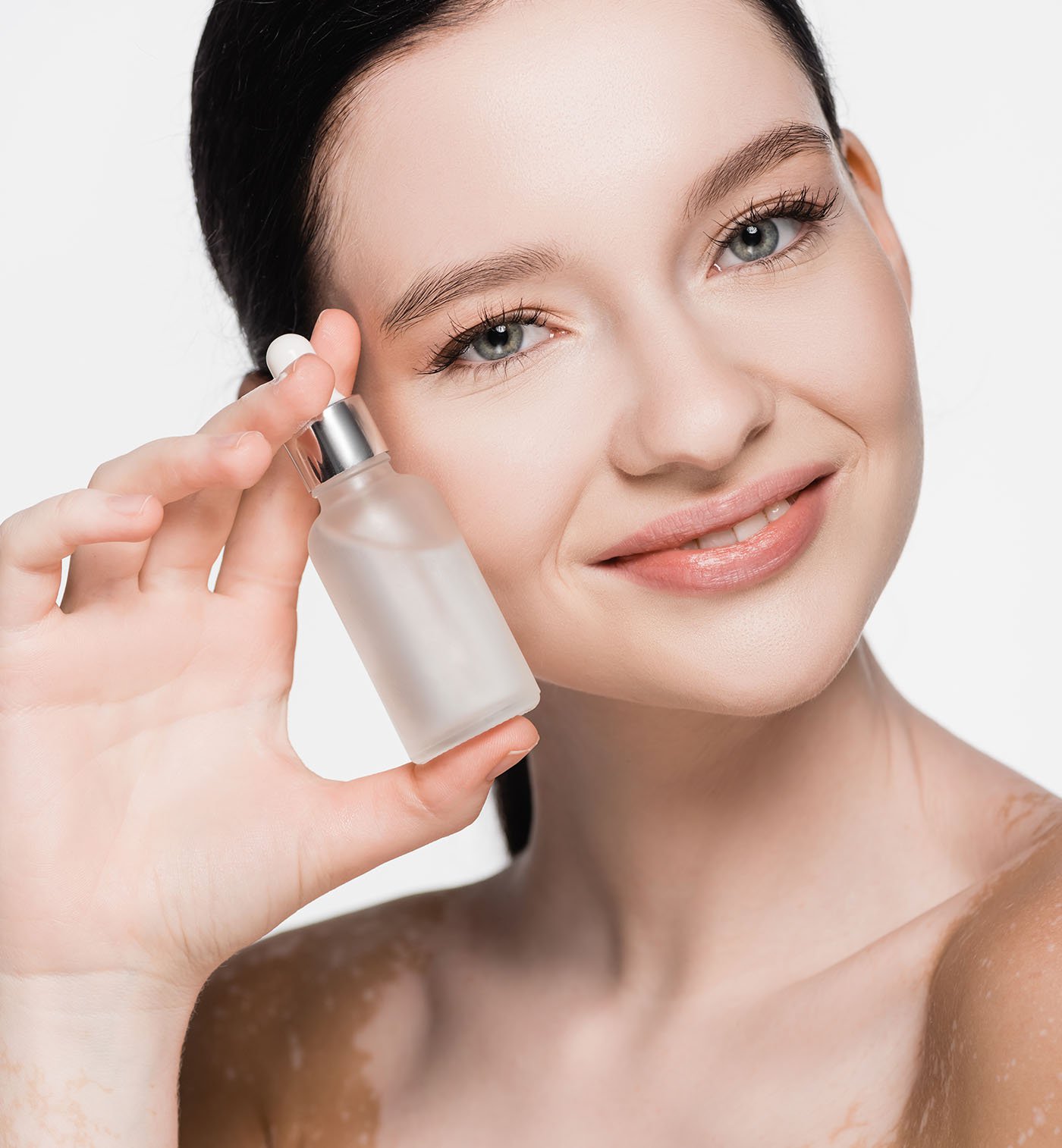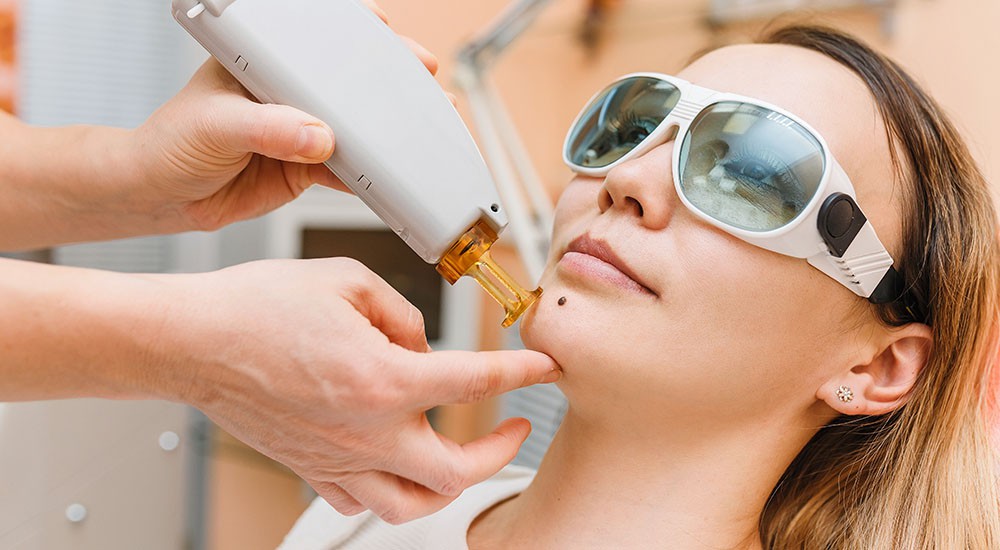Hyperpigmentation, otherwise known as sunspots or age spots, is caused by overexposing skin to the sun. Usually, it takes more than two decades for the pigmented lesion to darken and develop a complete pigment tone.
Generally, the pigmentation sinks deeper into the skin’s dermis when the lesion becomes dark spots. Consequently, you will need more Laser Dynamic Pulse Control (DPC) treatments to eliminate it completely.
There are several types of pigmentation on the face. The common ones are melasma, sunspots, and post-inflammatory hyperpigmentation.
- A condition commonly caused by hormonal changes, with some women acquiring it during their pregnancy. It may also appear on any body area, but they occur most frequently on the face and stomach.
- This condition – also called solar lentigines or liver spots – are caused by too much sun exposure over time.
- Post-inflammatory Hyperpigmentation. From the word itself “inflammatory,” you can tell that it results from a skin injury or inflammation. Acne is the most common cause.
Anti-Aging Clinic Burlington Treatments for Skin Pigmentation Disorders
How do you get rid of pigmentation? Essentially, you need to undergo a series of treatments to eliminate the dark patches of skin from your face or other areas of the body. Every treatment has a particular target and benefits to offer. Our dermatologist can best explain which one works best for your pigment condition.
Here are some of the common types of treatments Anti-Aging Clinic Burlington offers:
Creams
If you have skin pigmentation, you can start with topical whitening creams. Usually, lightening creams and over-the-counter treatments that work with selected ingredients to treat skin pigmentation disorders. Many of these OTC creams are available in stronger prescription forms. OTC products are also easily accessible and sometimes more affordable options than other hyperpigmentation treatments. However, these can take longer than professional treatments.
The common ingredients found in OTC lightening products include hydroquinone, licorice extract, N-acetylglucosamine and vitamin B-3 (niacinamide). But, it’s better to find cream treatments containing ingredients like licorice root, vitamin C, and kojic acid to help reduce hyperpigmentation by inhibiting tyrosinase. It is an enzyme responsible for the skin-darkening melanin formation. When it comes to usage, they’re typically applied once or twice a day to help lighten the hyperpigmentation over time. Aside from creams, topical treatments for lightening pigmentation also come in gel form. Lightening creams work best for flat spots, such as age spots or melasma. They’re also effective for patches of discoloration on most skin color and types.


Serums
A serum good for skin hyperpigmentation must be rich in an antioxidant to help brighten skin’s appearance all over, including those stubborn pesky marks. Usually, antioxidant serums help stabilize your skin after an injury from infrared and UV light (sun exposure). One of the good antioxidants is Niacinamide. It is a potent anti-inflammatory and antioxidant vitamin B3 derivative found in many serums. This ingredient has been scientifically proven to help with skin redness and other pigmentation disorders.
In addition to niacinamide, many dermatologists also believe that serums containing tranexamic acid can fight skin pigmentation disorders. Generally, this ingredient is known not only for lightening up hyperpigmentation but also minimizes the recurrence of these skin conditions. Whether it is from melasma or sun exposure damage, it can brighten up brown discoloration.
Vitamin C also helps in lightening up dark spots and prevents damage from free radicals that can cause skin discoloration. With all of these ingredients, serums can be a good solution for skin pigmentation.


